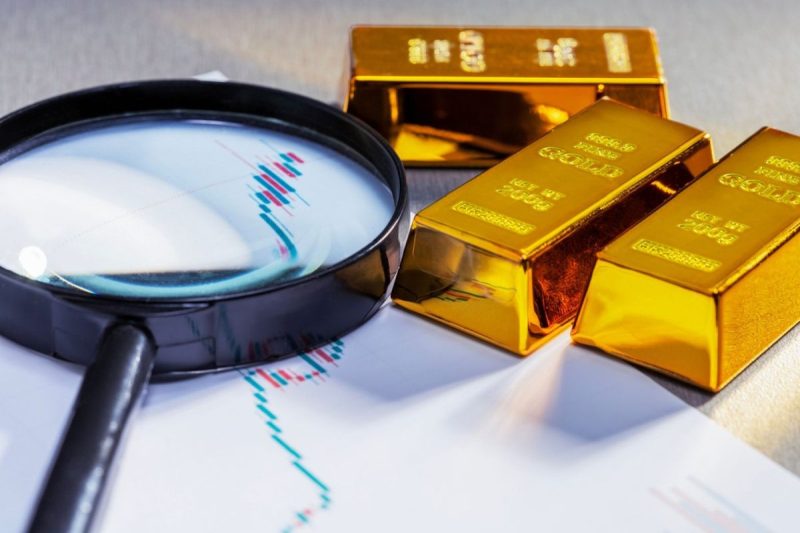Gold has been revered as a precious metal for centuries, valued for its beauty, rarity, and economic significance. Throughout history, the price of gold has fluctuated due to various economic, political, and social factors. As of 2024, the highest price for gold was recorded at an impressive $2,089 per ounce, reflecting its enduring status as a sought-after commodity in the global market.
One of the key drivers of the price of gold is its role as a safe-haven asset during times of economic uncertainty and market volatility. Investors often turn to gold as a hedge against inflation, currency fluctuations, and geopolitical risks. The high demand for gold as a store of value in times of crisis can push its price to record levels, as was seen in 2020 during the height of the COVID-19 pandemic.
Central banks also play a significant role in influencing the price of gold through their gold reserves and trading activities. Many central banks hold gold as part of their foreign exchange reserves, providing additional support to the demand for gold in the global market. The decisions and policies of central banks can have a direct impact on the price of gold, particularly in times of economic uncertainty.
In addition to its traditional role as a safe-haven asset, gold is also used in various industries, including jewelry, technology, and manufacturing. The demand for gold in these sectors can fluctuate based on changing consumer preferences, technological advancements, and macroeconomic trends, impacting the overall price of gold in the market.
The dynamics of supply and demand also play a crucial role in determining the price of gold. Gold mining, exploration, and production activities influence the availability of gold in the market, affecting its price levels. Factors such as mining output, production costs, and environmental regulations can impact the supply side of the gold market, leading to price fluctuations over time.
In conclusion, the price of gold is influenced by a complex interplay of economic, political, and social factors, reflecting its unique status as a valuable and versatile commodity. As of 2024, the highest price for gold stands at $2,089 per ounce, underscoring its enduring appeal and significance in the global economy. Investors, central banks, and industry analysts continue to monitor the price of gold closely, as it remains a key indicator of market sentiment and economic stability in an ever-changing world.
